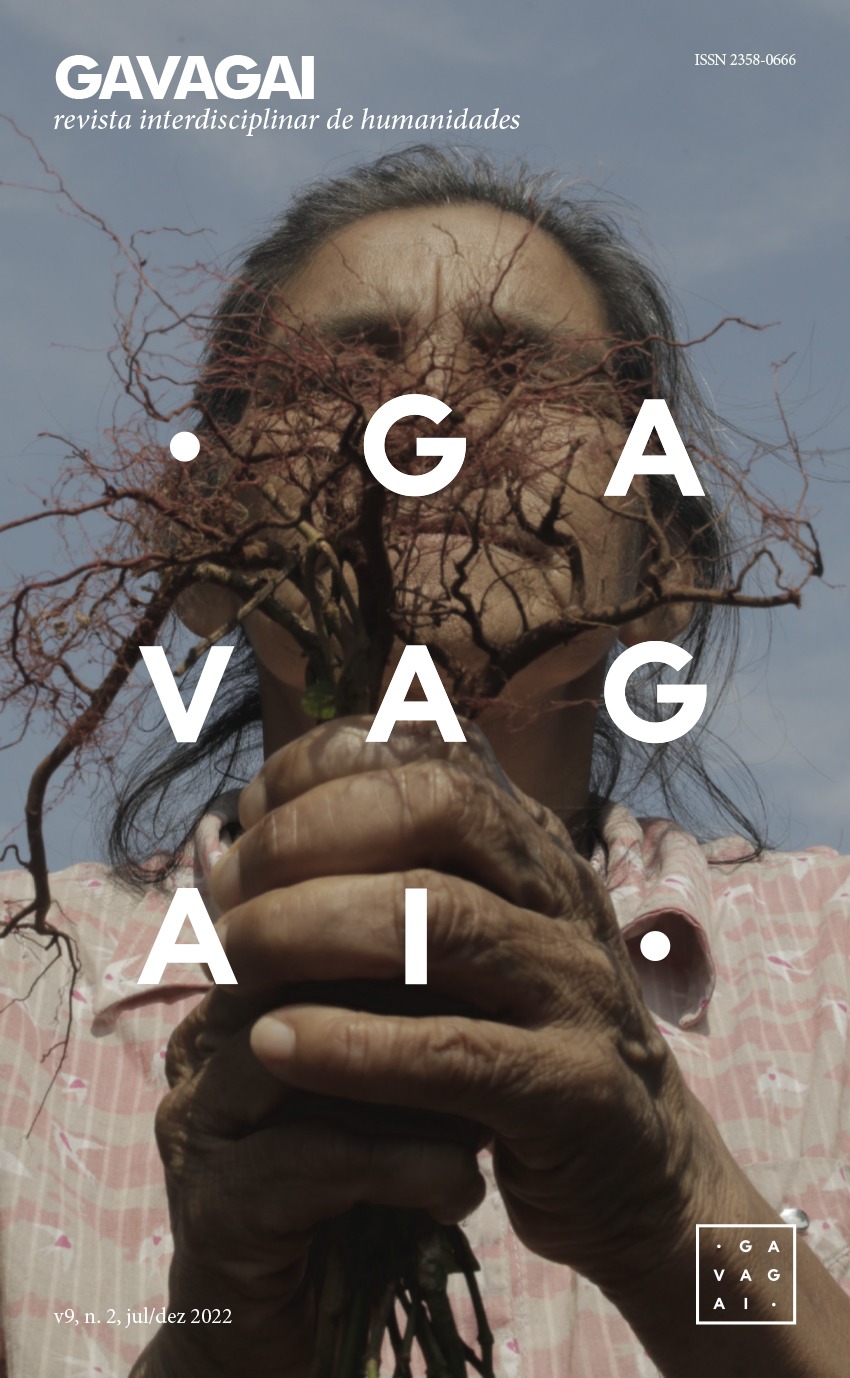DIREITO INDÍGENA, TERRITORIALIDADES E A TESE DO MARCO TEMPORAL: PERSPECTIVAS BRASILEIRAS
DOI:
https://doi.org/10.36661/2358-0666.2022v9n2.13215Palabras clave:
Demarcação, Povo Xokleng, Terra indígena, Tese do marco temporal.Resumen
O direito dos indígenas à terra está garantido na Constituição Federal de 1988, porém, sempre foi alvo de contestação, e nesse contexto adentra a tese do Marco Temporal. A tese do marco temporal estabelece que as populações indígenas só podem reivindicar terras que ocupavam na data da promulgação da Constituição, em 5 de outubro de 1988. Nessa assertiva, o tema gera debates e reflexões nos mais variados campos do conhecimento, aja visto que os Povos Indígenas ficaram alijados do direito a participação cidadão por séculos no Brasil. As denominadas “Terras Indígenas” (TIs), as quais se refere o artigo 231 da Constituição, dizem respeito àquelas que são ocupadas por esses povos desde antes mesmo da configuração do estado brasileiro. Assim, são igualmente reconhecidos sua ancestralidade, cosmologia de saberes, cultura e seus valores. Nesse contexto, o trabalho busca analisar a tese do marco temporal em vistas a Terra Indígena Ibirama La Klãnõ, sobre a qual o povo Xokleng aguarda decisão do Supremo Tribunal Federal, decisão esta que poderá solucionar tantas outras demarcações. Utiliza-se do procedimento metodológico bibliográfico-investigativo.

